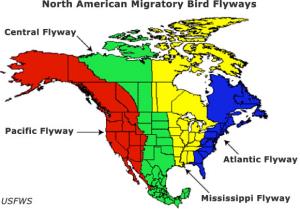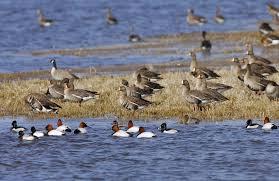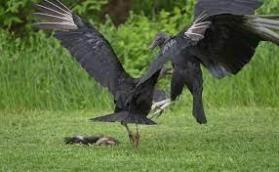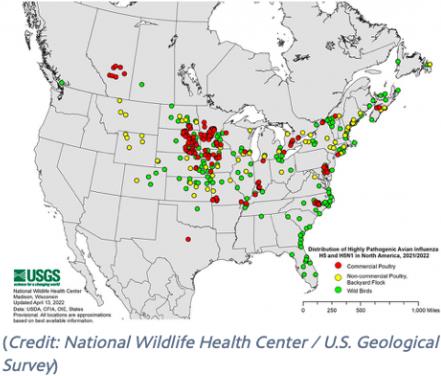Persistence of H5N1 Highly Pathogenic Avian Influenza.
|
07/27/2022 |
|
 It is evident that unlike the 2015 epornitic, cases of Highly Pathogenic Avian Influenza (HPAI) H5N1 infection during 2022 in backyard flocks, is an indicator of viral shedding by free-living birds. This represents a danger to commercial units. Although the number of backyard flocks diagnosed with HPAI, peaked in May with 71 cases out of the total of 203 recorded, there were ten diagnoses in July. Cases in free-living birds diagnosed in Massachusetts, included swans in Boston and cormorants off the coast of Martha’s Vineyard. More concerning are recent isolations of H5N1 in geese and a pelican in California. This state has not previously reported either backyard or commercial cases. The presence of H5N1 in waterfowl has possibly extended to domestic birds suggesting that structured surveys of raptors, corvids and passerines are required. Three cases of H5N1 HPAI were diagnosed in turkey flocks in Utah on July 1st, 14th and 19th, respectively and may have been introduced by domestic birds. It is evident that unlike the 2015 epornitic, cases of Highly Pathogenic Avian Influenza (HPAI) H5N1 infection during 2022 in backyard flocks, is an indicator of viral shedding by free-living birds. This represents a danger to commercial units. Although the number of backyard flocks diagnosed with HPAI, peaked in May with 71 cases out of the total of 203 recorded, there were ten diagnoses in July. Cases in free-living birds diagnosed in Massachusetts, included swans in Boston and cormorants off the coast of Martha’s Vineyard. More concerning are recent isolations of H5N1 in geese and a pelican in California. This state has not previously reported either backyard or commercial cases. The presence of H5N1 in waterfowl has possibly extended to domestic birds suggesting that structured surveys of raptors, corvids and passerines are required. Three cases of H5N1 HPAI were diagnosed in turkey flocks in Utah on July 1st, 14th and 19th, respectively and may have been introduced by domestic birds.
|

 |
Poultry producers in Canada are also concerned over recent outbreaks in the Province of Quebec affecting turkey and duck flocks with 100,000 birds depopulated to date.
Effective July 21st, 188 commercial flocks have been diagnosed with HPAI of which 135 were turkey farms, 12 broiler growing units and 24 egg-production or pullet farms. In contrast to the 2015 epornitic that was mostly confined to commercial farms, USDA has documented 203 outbreaks in backyard flocks for a total of 391 confirmed outbreaks in 37 states.

|

|
|
|
Top
|